Amid coronavirus shortages, manufacturing face mask filters in China is like printing money
Yangzhong, a tiny island in eastern China, was largely known for its culinary take on puffer fish before the coronavirus pandemic.
In late March, business owners and families desperate for work began converting their workspaces into makeshift manufacturing plants to churn out one thing: the unusual fabric at the heart of the N95 and other medical-grade masks in high demand.
Making melt-blown fabric involves a complicated process of melting and blowing material into fine fibers, creating layers of webs tight enough to capture particles as small as a virus. In the span of a few weeks, locals said, hundreds of people who had never made it before launched their own businesses in Yangzhong.
As melt-blown producers popped up and ramped up overnight, so did problems ranging from substandard products and unsafe working conditions to price gouging.
Get daily coronavirus updates: Sign up for our newsletter
The city announced a crackdown on fly-by-night manufacturers, shutting down more than 800 operations in Yangzhong.
People living there described a booming marketplace that churned out melt-blown filter fabric for several weeks. Producing the special material, they said, was almost like printing money.
No one seems to know how much was made, where it wound up or where the business traveled next.
Yangzhong: Hometown of melt-blown fabric
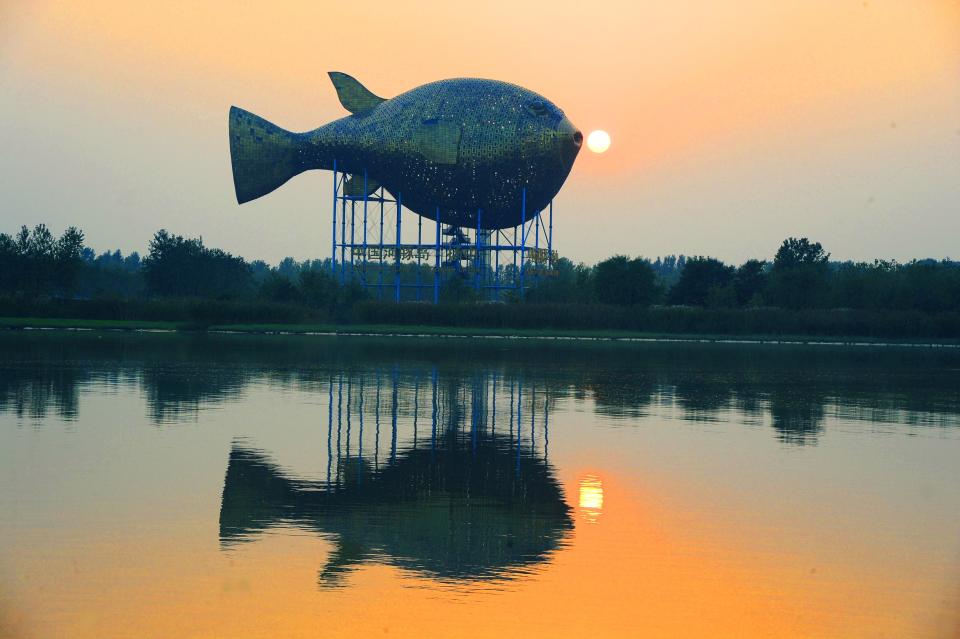
Yangzhong, a city of about 340,000 residents in Jiangsu province, became a marketplace for melt-blown fabric seemingly overnight. Social media was abuzz with it.
At the end of March, Xinchu Wei noticed a friend posting a picture on the social media site WeChat of dozens of people waiting outside Yangzhong's Municipal of Administrative Examinations and Approval Bureau. The caption read, “They are all here registering companies for making the melt-blown fabric!”
Wei, a business consultant, recalled that almost everyone he knew started to get involved – including those with no background in manufacturing. The owner of a chess room began to sell equipment to make the fabric, declaring his “the best nozzles in the market” on WeChat.
Machines that used to produce other types of nonwoven fabric were converted to make the melt-blown fabric. Most of these machines came from nearby cities such as Zhangjiagang, about 100 miles away from Yangzhong, said a 31-year-old Weibo user – a site like Twitter – who lives in Yangzhong. Her friends, she told USA TODAY, arranged the sale of the machines.
“It’s full participation,” Wei said.
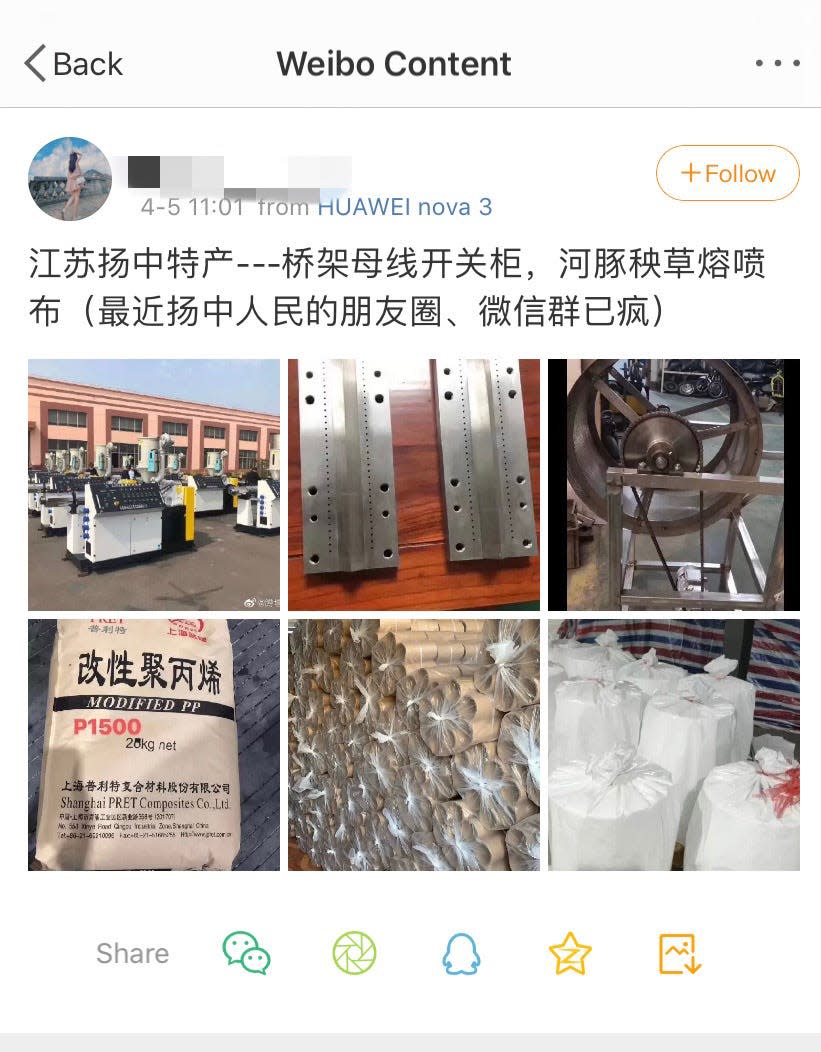
Zhe Huang, who manufactured nonmedical masks in Zhangjiagang in February and sells them, said it’s not easy to make medical-grade masks. They require strict production conditions such as a dust-free work site and filters that meet medical standards.
To make the filter fabric, thousands of solid polypropylene granules are melted and extruded from nozzles into high-velocity hot air streams, forming fine filaments, “the size of your hair,” said Gajanan Bhat, who heads the Department of Textiles, Merchandising and Interiors at the University of Georgia.
Those ultra-fine fibers are bonded and collected on a moving screen, becoming a sheet of webs.
“It’s like a spider web; multiple layers of spider webs,” said Bhat, who has published extensive research on melt-blown fabric and the spunbond fabric that sandwiches it in masks.
By April 9, local media had caught on to what was happening in Yangzhong and took a critical stance:
“The myth about being a billionaire from the melt-blown fabric encourages farmers to stop their farming, workers to quit their stable jobs and companies to throw away their reputation to join this gold rush,” the Yangzhong Daily Newspaper wrote on its front page.
Public signs of trouble for the startups appeared two days later, on April 11, in a news release from Yangzhong’s emergency management bureau. It accused a melt-blown company of violating the Production Safety Law of the People's Republic of China. The agency said the company didn’t post obvious safety warnings on its air compressor and hadn’t put its employees through safety training.
The next day, the emergency management agency found a hotel in Jingkai District of Yangzhong had violated fire ordinances by using some of its rooms for manufacturing the melt-blown fabric. The hotel, it reported, was temporarily sealed up and under investigation.
Yangzhong hotels housed buyers, too. Rooms were fully booked in early April at the biggest hotel in Xilaiqiaozhen, near the Yangtze River, a hotel front desk clerk told USA TODAY.
License plates on cars lined up outside indicated their drivers came from as far away as Hunan and Hubei provinces, hundreds of miles from Yangzhong, according to a story by Zhuo Chen for The Paper, a Chinese online media site.
“Different people with different accents gathered here talking about the same thing – ‘the melt-blown fabric,’ ” Chen reported.
In a photo Chen took to accompany her story, a parked truck was loaded with bags of polypropylene granules for sale. A red and yellow banner that covered its side read, “The dedicated polypropylene for melt-blown fabric” and included the seller’s name and phone number.
A boom followed by poor product
Almost as quickly as the industry appeared in Yangzhong, it disappeared. Mounting concerns about the quality of the product brought its melt-blown fabric manufacturing to a grinding halt.
A 95% filtration rate is required for medical-grade surgical masks, according to the American Society of Testing and Materials. High protection masks such as N95s should have a rate of 98% or higher.
Yangzhong’s Administration for Market Regulation randomly tested fabric from eight manufacturers of melt-blown fabric in early April. When the agency's report came out, five of the samples met neither standard, and only two could be used for high-protection masks. Three were not even close, filtering out 45% or less.
On April 14, the city noted in a news release that it had been pushing to overhaul illegal melt-blown production since late March and issued warnings to 225 enterprises making or selling “three-no” textiles – products without production date, name of manufacture and sanitary certificate.
The next day, the city went further, shuttering 867 melt-blown businesses. Wei was surprised to see his hometown pop up as a hot search on Weibo for a post reporting that “#All Yangzhong companies that produce the melt-blown fabric shut down for rectification.”
Posts that include that shutdown hashtag have been read 100 million times.
Wiping out the melt-blown industry in Yangzhong probably won’t be the end of it, according to dozens of experts in the industry contacted by USA TODAY, including manufacturers, investors and traders. The demand is too great.
More: Mask, equipment shortages push nurses to brink across nation
Even as the city cracked down on all the fabric production, Wei said, melt-blown makers loaded their machines into their car trunks and transferred them to nearby cities.
In China, the largest exporter of medical masks in the world, about 4,000 new companies have registered to manufacture or trade melt-blown fabric since the beginning of the year, according to Tian Yan Cha, an online service tracking companies' credits and registries. Last year, only about 300 new companies registered melt-blown businesses.
Masks that leave China through official channels go through extensive certification intended to prevent exports of substandard material. Entering the USA adds another layer of scrutiny.
There are other routes. Relatively small orders from individuals – or even larger organizations – can be sent through the mail.
In late March, Huang said he sold 25,000 nonmedical masks to Gannett, the parent company of USA TODAY, and shipped them through UPS to five company locations without customs declaration.
Last month, 2,000 counterfeit 3M masks made in China were found at the DHL Express hub in Kentucky by U.S. Customs and Border Protection officers.
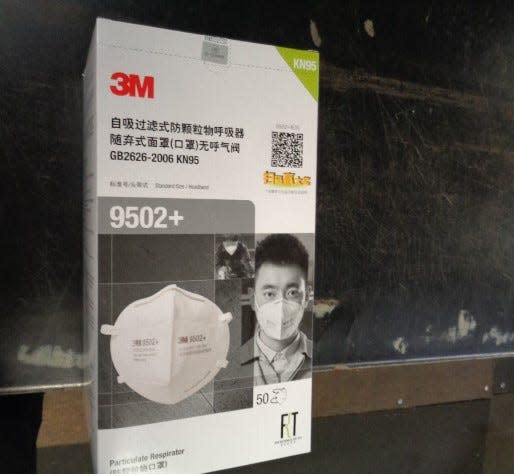
The controls are not foolproof either. U.S. health care systems asked to put money down in advance took shipments only to find the quality of the items substandard, said Michael Alkire, chief operating officer for Premier, a group purchasing organization for more than 4,000 hospitals.
Steve Keats, a partner in Kestrel Liner agencies, said China began to get complaints internationally about substandard quality on masks, leading to a crackdown on manufacturers.
“Because of all the bad press on China over substandard quality, all of a sudden China has stepped up their inspections of quality control,” Keats said. “Now they’re making exporters jump through hoops to make sure the quality meets a certain standard.”
Government cracks down on price gouging
In February, the average retail price for the fabric in China increased tenfold, from 40,000 yuan per ton to 400,000 yuan per ton, according to China Merchants Securities. Before the COVID-19 pandemic, the market price for such fabric in China was 20,000 yuan – about $2,800 – per ton, according to China's State Administration for Market Regulation.
“I would say what we're seeing today is exactly what every economist who had studied anything about markets knew would happen,” said Gary Hufbauer, a senior fellow at the Peterson Institute of International Economics. “If you go back and read the history of World War II or World War I or the Korean War, any war, you always get this kind of short supplies of certain items, and then middlemen pop up and take advantage of it.”
Related: China mask manufacturing began to spike in early days of epidemic
One Honeywell mask dealer, said Honeywell mask manufacturers in China told him it’s been difficult to buy the melt-blown fabric for masks – even through longtime partners. The filter material is in such high demand, Yong Wu said, that maskmakers bring bags of cash to fabric factories to place their order.
“We had a phrase called ‘three types of requests,’ ” Wu said. “When they bring cash to the production plant for the melt-blown nonwoven, they will first ask, then plead and finally beg for the fabric.”
Du Chen, who invested in her friends’ mask manufacturing plant in Anhui province, said for days they complained in their group chat about the shortage of nonwoven polypropylene.
Chen reached out to several fabric sellers in late February. The cheapest price cited was 160,000 yuan per ton, eight times what it was before the pandemic. “And the seller asked me to pick up the fabric myself,” she said.
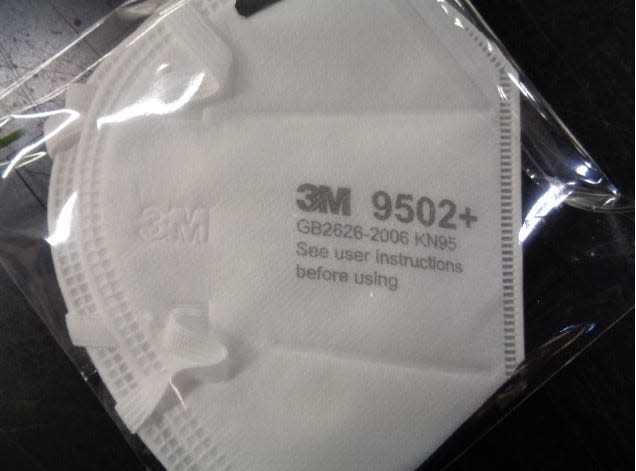
The Chinese government began cracking down on melt-blown price gouging.
One company in the Pearl River Delta that produces the fabric charged about 20,000 yuan – about $2,800 – per ton before the coronavirus outbreak. After the outbreak, it raised its price to 180,000 yuan – nearly $26,000 – per ton, according to a news release March 10 from the State Administration for Market Regulation about its investigation.
Dongguan Dacheng Filter Material, the release said, sold more than 5 tons of the marked-up material to an intermediate trader, Rao, before the Chinese government intervened.
Rao offered the fabric to a company in Shenzhen, which makes and sells sporting goods, at an inflated price of 300,000 yuan, nearly $43,000, per ton. The sports company jacked up the final price to about $65,000 per ton, selling it to a textile company in the same city.
“The parties concerned are suspected of illegal acts that drive up prices,” the agency said in its news release.
The Chinese government has punished individuals and companies who make and sell substandard or counterfeit masks.
In mid-February, Hunan Province Liuyang Market Regulation caught 830,500 pieces of “three-no” masks in a package delivery center – those that lack the product certification, the name and address of the manufacturer. The agency seized earnings of nearly 140,000 yuan and assessed a 240,000-yuan fine.
Huang said one of his friends bought melt-blown fabric with a filtration rate of less than 50% a month ago – and used them in his masks anyway.
“It cost him hundreds of thousands yuan per ton,” Huang said. “To be honest, you have no choice.”
Huang said mask manufacturers have begun carrying with them a machine that tests the rate to avoid buying substandard fabric.
"People in my WeChat Moments are only asking for good fabric," he said. "There's no room for bad product."
'Don't follow the melt-blown fabric trend blindly'
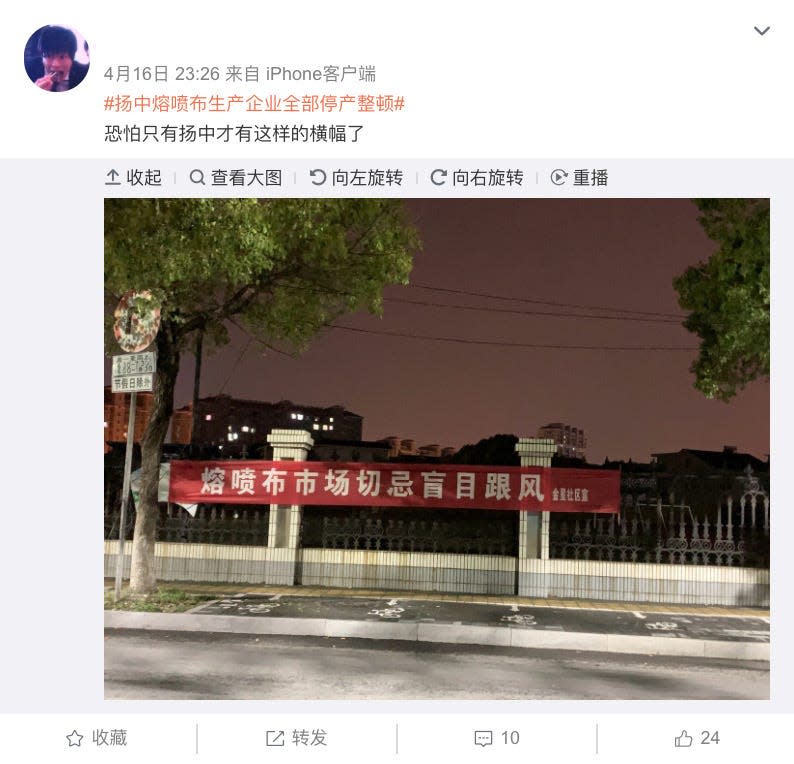
In Yangzhong, officials set up checkpoints on highways to prevent melt-blown fabric from being transported or sold in other places. But no one pays much attention to the machines that create the fabric.
Mask manufacturers loaded their machines in their trunks and headed to other cities, where officials may not be watching, according to Wei, the business consultant, and other residents. One cited an operation transported to Henan Province, hundreds miles northwest of Yangzhong.
Though the melt-blown machines and buyers are gone, slogans on banners created by communities in Yangzhong still hang there. One reads, “Please don’t follow the melt-blown fabric trend blindly.”
Dian Zhang is a data reporter on the USA TODAY Network investigations team. She can be reached at dzhang@gatehousemedia.com or @dian_zhang_
Contributing: Dinah Voyles Pulver
This article originally appeared on USA TODAY: Coronavirus: Face mask filter production like printing money in China

